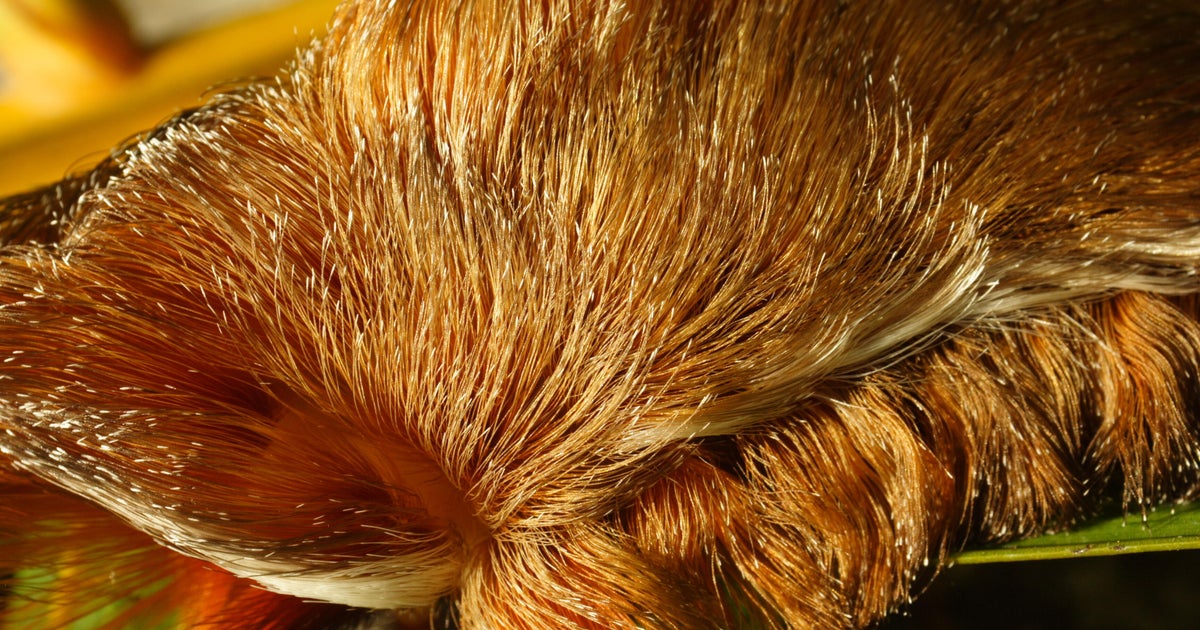Well, it wouldn’t be Florida without another creepy crawler to worry about, right?
Wildlife officials say it’s the season for puss caterpillars – one of the most venomous insects in the U.S.
Puss caterpillars in Florida
The puss caterpillar gets its name from its resemblance to a cat’s soft fur, according to the Fish & Wildlife Foundation of Florida. The fuzzy coating may look harmless, but hidden among those hair-like bristles are extremely toxic spines that can stick to your skin if touched.
The species is stout-bodied and about an inch long, covered in gray or pale brown hairs, the University of Florida’s Institute of Food and Agricultural Sciences noted. That soft, furry appearance often makes them seem safe to handle — but they’re anything but.
What happens when stung by a puss caterpillar
If a person is stung, the pain can be intense and radiate throughout the body. UF experts said the hollow spines each have a tiny venom gland at the base, and the sting can cause a burning sensation followed by a red, grid-like pattern on the skin that mirrors the caterpillar’s spines.
Some people may also experience headache, nausea, fever or even seizures in severe cases.
The Florida Poison Control Center said if you’re stung, place clear tape over the affected area and strip off repeatedly to remove the spines from the skin. Then, apply ice to reduce the stinging feeling, followed by a paste of baking soda and water. Officials also recommend using an oral antihistamine or hydrocortisone cream to help with irritation.
Medical attention is advised if symptoms continue to worsen, especially for people with asthma or allergies.
Where puss caterpillars live and what they turn into
According to the Fish & Wildlife Foundation of Florida, the species is found from New Jersey to Florida and as far west as Texas.
It’s most commonly seen in Florida during the fall and spring months on oak and elm trees.
Puss caterpillar cocoons can be found on small twigs, branches, or depressions in tree bark — and some, according to Fish & Wildlife, even wander away from trees to spin their cocoons on nearby buildings.
After about 16 days inside, the larvae emerge as southern flannel moths, small yellow-and-orange moths with thick, fur-like bristles on their bodies. Females are slightly larger than males, with wingspans reaching up to 1.5 inches.



